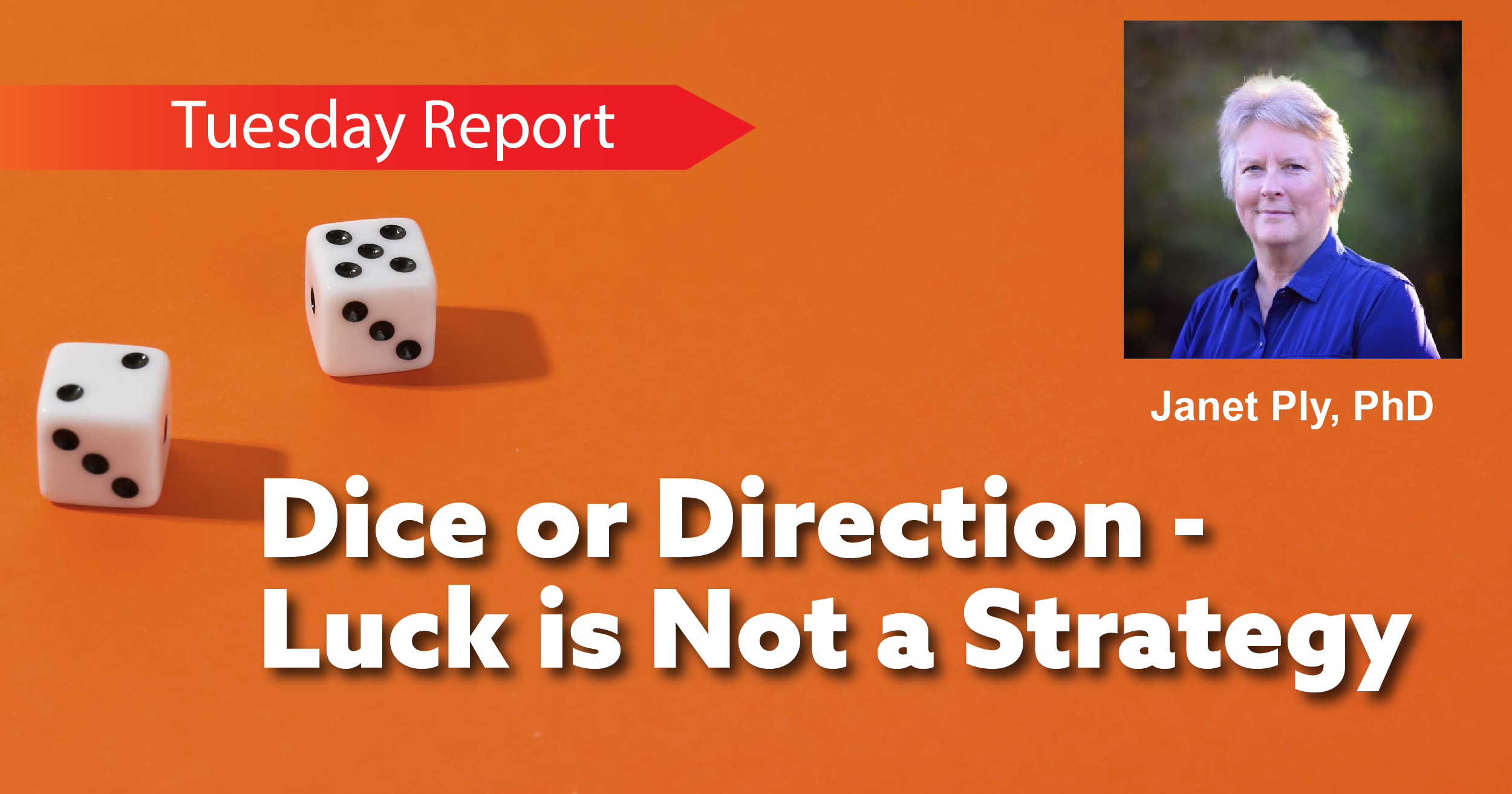Competition.
We love it when two teams fight to win the championship. It’s not near as fun, though, to compete with another car for the last parking place in a lot that’s fun, with the person in the other car glaring at you as you wheel into the parking space.
But we all compete every day in the weirdest circumstances.
I compete in conversation just to get a word in edgewise. A friend of mine once told me, “Jack, you’re always interrupting people. Why do you do that?”
“Because that’s the only way I get to talk,” I explained. “You have to compete to talk or everyone will think they took out your vocal cords.”
People even strangely compete for negative things, like the title to who feels worst. “If you think your pain is bad, let me tell you about mine. I’ve been to ten doctors today and they still can’t figure it out.”
“Well, you just ought to see my pillbox. I have pills for diseases that haven’t even been discovered yet.”
I didn’t get into competition very early.
As a child, I didn’t like the idea of competition—why should I want what you have? My faith community taught me to share, and if something I had was something someone wanted, the best and noblest thing to do would be to just give it to them.
I learned about the necessity to compete on the playground when the big kid ripped the ball right out of my hands. He taught me about “might makes right.” You had to compete for stuff, or you would end up with nothing.
The need for alignment is key to organizational success, execution, and goal achievement. But the force of internal competition—of the right kind–drives the organization forward. It’s essential to understand when and how competition drives success for the team and the organization…and when and how it becomes corrosively toxic.
The challenge is to understand the difference between competition that advances the goals of the team and organization as well as your own goals, and competition that crosses the line and makes you a “brilliant jerk.” “Brilliant jerks’” professional prowess is outweighed by their destructive impact on the organization. “Brilliant jerks” get fired because they don’t understand when and how to compete and when and how to collaborate and even compromise.
Here are some areas where competition and alignment work hand in hand:
- The Competition of Ideas. When you show up at a meeting that is explicitly about coming up with the best idea or strategy, you are in competition mode. You have thought through the options you believe will take the team to its goal. Now is not the right time to be quiet, but to argue passionately and compellingly for what you are convinced is the right course of action, cultivating the relationships and alliances that will take you and the team to the right place. By winning the competition for the best ideas, you will ultimately boost the team, the organization, and yourself.
- Competition for Excellence. The most important competition is the competition for excellence. The competition for excellence is most often a race—not a contact sport. Your goal is to run the fastest, pass the baton successfully, and stand out for your excellence. If you succeed, you’ll be the star of the next race. That’s why top athletes in team sports continue to train on their own skills as well as how those top skills enable the team to win.
- Compete as the Problem Solver. To compete successfully in an organization, you have to be a stand-out problem solver. The ability to handle disruptive events is more important in the workplace today than academic and experience qualifications. Today issues come up that no one has even thought about, much less knows how to solve. Your ability to cut through the confusion of the moment to the solution will allow you to compete in the organization.
The organization wins and you win by being seen as a go-to problem solver. - Competition to Achieve the Best. Some people can be successful at being a cog in the bigger wheel. If that’s your goal, having a technical ability that no one else possesses may get you through your career—unless your skill is blended into automation or eliminated by AI. But competing to have the best skillset, most up-to-date knowledge, most effective customer communication may be the best path. You are always being compared to everyone else around you, and your success at being the best at what you do will determine the outcome of your career and your continued success as part of an aligned team.
Competition that moves you, your team, and the entire organization forward is a focus that we need. Competition that cuts the legs out of team members, and destroys alignment is a competition that Alignment-Based Growth provides the focus to prevent before it destroys you and your team. Learning how and when to compete is the key.






